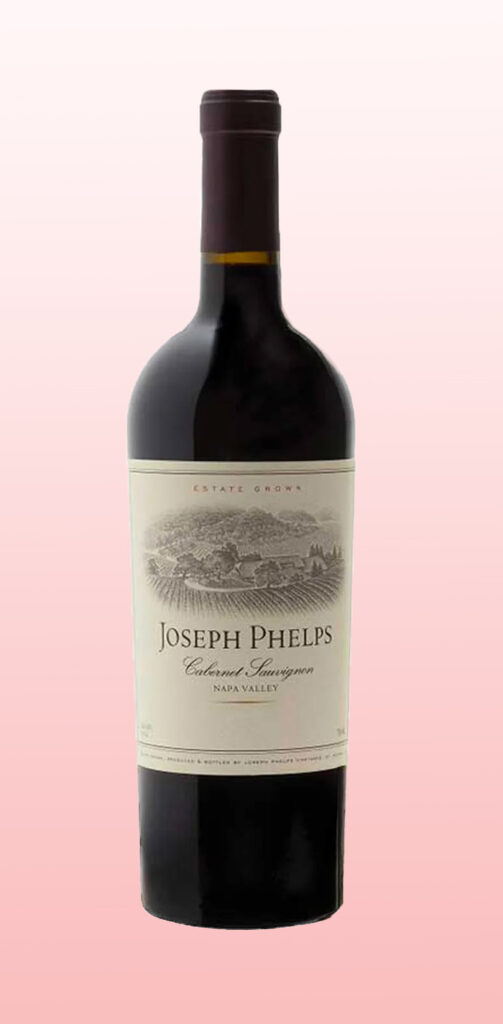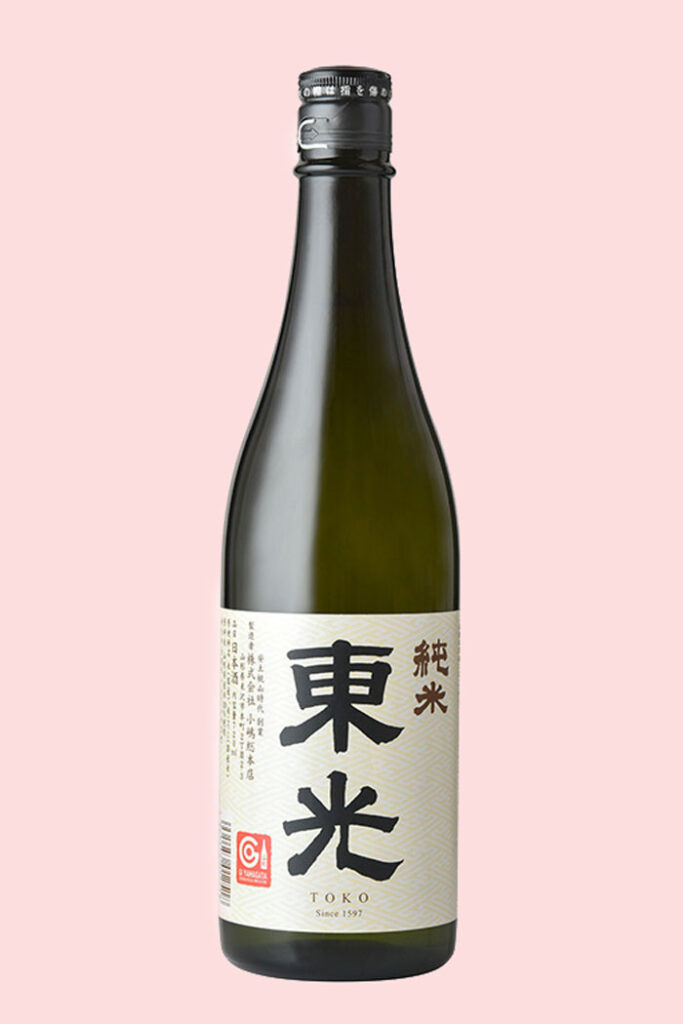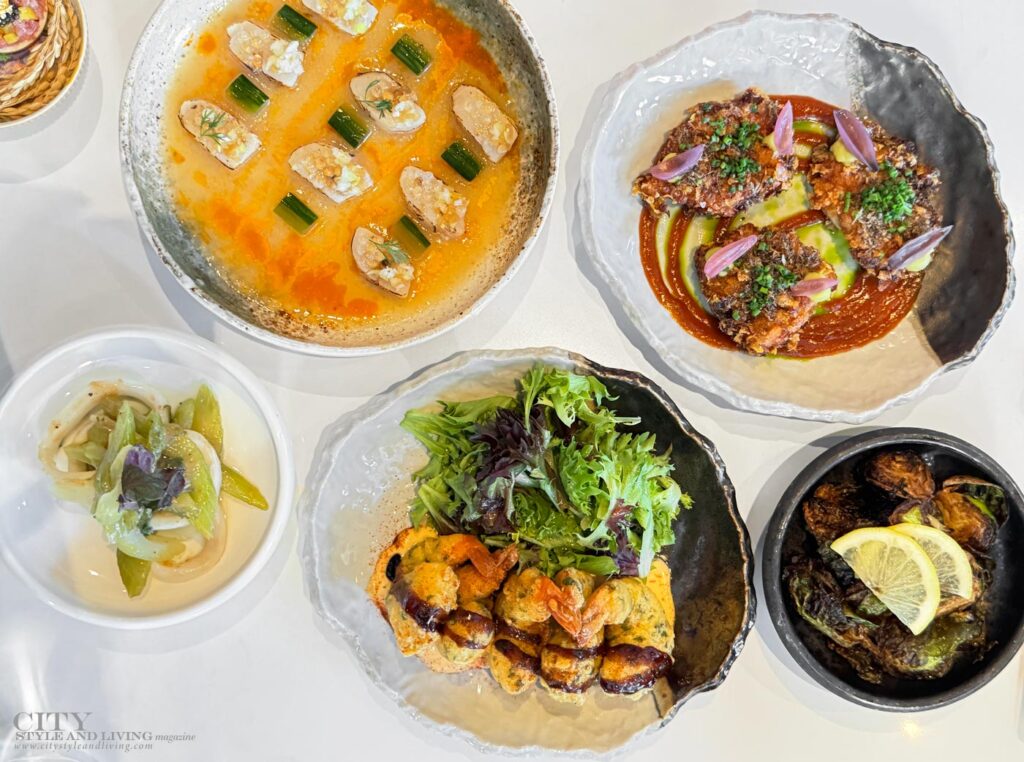
This hot trendy cuisine has ancient roots that have been enriched by waves of immigration and vast geographical differences.
Scan your local bookstore and you’ll see entire shelves dedicated to Peruvian cuisine. Top chefs too have become enamoured of the country, Danny Meyer and Eric Ripert have made the trek to the South American nation. Combining the indigenous Quechua ingredients with immigrant Spanish, Chinese, African, Italian and Japanese influences, Peruvian food is an eclectic mix. “Part of the reason Peru is such a culinary hot spot is because its cuisine is an incredible fusion of local abundance and global flavor,” write Manuel Villacorta and Jamie Shaw in their book Peruvian Power Foods.
According to La Mar Miami executive chef, Diego Oka, who has worked with the renowned Gastón Acurio for more than 13 years, the five cornerstone ingredients in Peruvian cuisine are ají (chili pepper), potatoes, choclo (Peruvian corn), huacatay (culinary herb known as black mint) and limes.
With a diverse geography that spans the Pacific Ocean to the highlands of the Andes through jungle, and valleys, Peru has an impressive number of dishes which vary by region. “Peruvian cuisine as a whole does not have specific flavors, but rather each region in Peru has its own characteristics – the north, south, coast, Andes and Amazon. For example in the Amazon we have and are still finding new fruits to flavor our dishes. On the coast from north to south we have amazing seafood and in the Andes there are filling potato stews,” says Oka.
Some of the most famous dishes include Cebiche: fresh fish mixed with fresh lime juice, red onions, aji pepper and cilantro; Causa cangrejo: chilled mashed potatoes rolled into cylinders and topped with crab meat and huancaina sauce (spicy cream sauce); and Anticuchos: skewers of grilled, marinated meat. In addition to food, Peru is producing excellent wine alongside its staple grape brandy cousin pisco.
Why has Peruvian become the next big food cuisine trend? Its enduring appeal remains its ability to surprise and delight. “The traditions of Peruvian food remain the same as they have always been…In recent years, many Peruvians who are proud of our food started showing our culture to the world through cooking…They were discovering ingredients that they never saw before. For a chef that’s the most amazing thing, finding new flavors,” says Oka.
How do you bring home that Peruvian taste to your kitchen? “It’s easy to experiment with Peruvian ingredients at home. For example, aji Amarillo yellow pepper paste can be found in Latin specialty markets and it can serve as a base for sauces, dips and dressings. Experiment and have fun doing it,” encourages Oka.
This original article first appeared in the Spring 2015 issue of City Style and Living Magazine.












